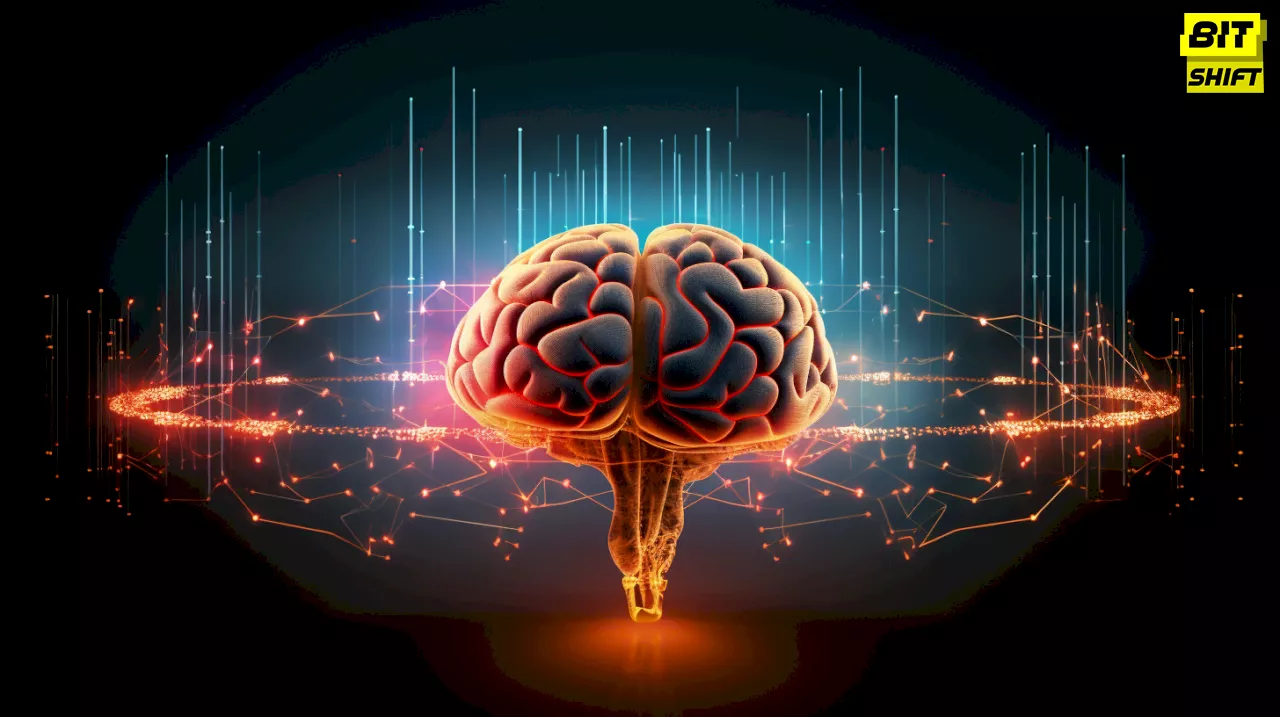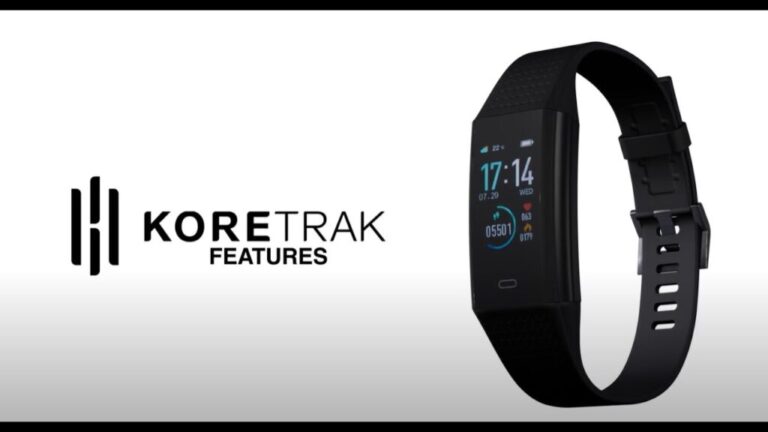
Summary
Exploring the pioneering technology called DeWave, developed by researchers from the University of Technology Sydney. Using an EEG cap and AI, DeWave can decode silent thoughts into text, potentially revolutionizing our communication.
Imagine a world where your thoughts can be translated into text without uttering a single word. A world where the power of silent thought breaks down communication barriers. This might sound like science fiction, but it’s becoming a reality thanks to a revolutionary technology called DeWave.
“The future of communication may lie not in the words we speak, but in the thoughts we think.”
Unlocking the Power of Thought with DeWave
Developed by researchers from the University of Technology Sydney, DeWave is a portable, non-invasive system that can decode silent thoughts and convert them into text. This technology uses an electroencephalogram (EEG) cap to record electrical brain activity, which an artificial intelligence model then processes. The AI segments the EEG wave into distinct units that capture specific characteristics and patterns from the human brain, which are then translated into words and sentences. This pioneering approach to communication could have far-reaching implications, not only for individuals who cannot communicate verbally due to illness or injury but also for seamless human-machine interaction.
Taking Brain-to-Text Translation to the Next Level
What sets DeWave apart from previous methods of translating brain signals to language is its accessibility and convenience. Traditional methods involved invasive surgery or required the use of large, expensive MRI machines – neither of which are conducive to everyday use. DeWave, on the other hand, is the first technology to incorporate discrete encoding techniques in the brain-to-text translation process, making it a game-changer in neural decoding.
DeWave: A Promising Future Ahead
The researchers have high hopes for their technology. They envision it assisting people with verbal communication difficulties and facilitating new interactions between humans and machines. With further research and development, DeWave could potentially lead to controlling robots or virtual assistants with thoughts. However, the technology is still in its early stages of development, with a translation accuracy score of around 40% on BLEU-1. The researchers aim to improve this to a level comparable to traditional language translation or speech recognition programs, which is closer to 90%.
DeWave represents a remarkable advancement in the fields of neuroscience and AI. It demonstrates the power of discrete encoding and large language models, and with continuous refinement and development, it may soon revolutionize how we communicate.
Share the Article by the Short Url:






